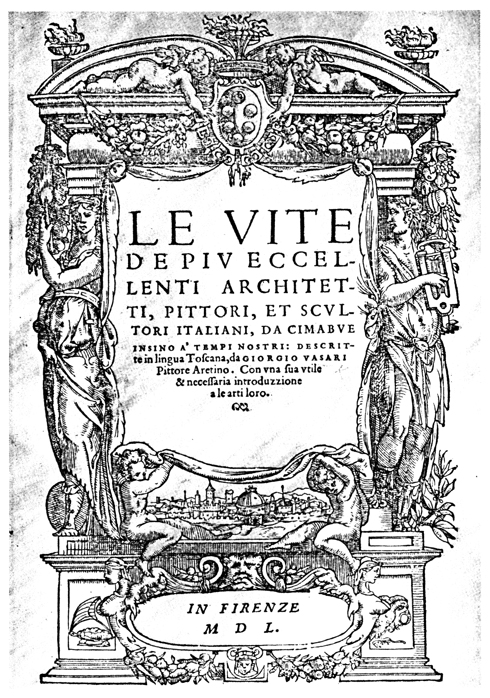This section presents a number of highly relevant historical accounts and documents: the Heidelberg Document (1503); Raphael’s pen and ink sketch (1504); Leonardo’s later Glazing technique (Post-1508); Antonio de Beatis’ account (1517); Salai’s Royal Receipt (1518) and inventory (1525); Giorgio Vasari’s description (1550); Gian Paolo Lomazzo’s Trattato (1584); documentation highlighting the prominence of Francesco del Giocondo in early sixteenth century Florence; and multiple reference to another Mona Lisa from the 16th century onwards.
Taken together, along with factual evidence from reports and documents through the centuries, they point to the following probable conclusions:
• The subject of the portraits is Mona Lisa Gherardini (wife of Francesco del Giocondo), with one (the earlier version) depicting her in her early twenties, and the other (the Louvre version) in her mid-thirties.
• There were two distinct and different portraits executed at different times and in different locations.
• An earlier “ … unfinished … ” version (the ‘Earlier Mona Lisa’), with Lisa seated between flanking columns was executed in Florence c.1503-1506 for Francesco del Giocondo, which was left with Salai, Leonardo’s servant and listed in his estate in 1525. A second finished version (i.e. the Louvre version), painted Leonardo’s post- 1508, without flanking columns was executed in Rome c.1513-16 for Giuliano de Medici, and then taken to France, where it was seen by Antonio de Beatis in 1517. It is there that it was acquired by the French King Francis I in 1518.

Title page of Giorgio Vasari’s The Lives Of The Most Excellent Italian Architects, Painters and Sculptors, from the 1st Edition, 1550.The ‘Historical Evidence’ section also presents evidence which suggests that the subject in the portraits as Mona Lisa Gherardini (wife of Francesco del Giocondo)